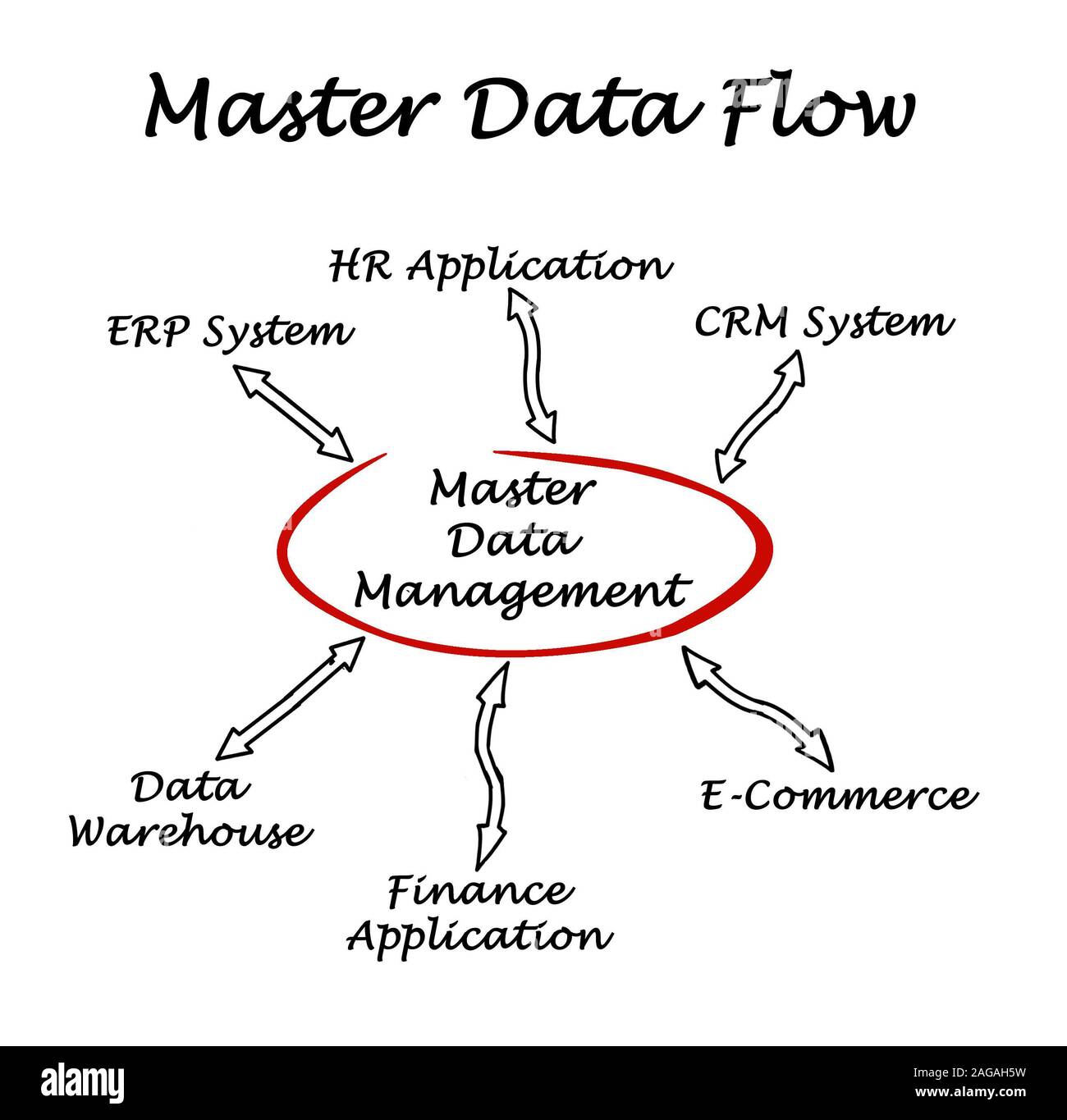Table Of Content
- Wrapping up: Discover more ways to use Copilot and GenAI
- Understanding Data-Defined Software
- Easily create data flow diagrams & models in minutes
- Data Flow Diagrams: What They Are and How to Make Them
- Physical and logical data flow diagrams
- How to use Copilot to build a canvas app in Microsoft Power Apps

Additionally, if you’ve decided that a completed DFD is one of the ways to mark a project milestone, that’s even more reason to make sure you know the ins and outs of the diagram-making process. A Data Flow Diagram (DFD) is a traditional way to visualize the information flows within a system. A neat and clear DFD can depict a good amount of the system requirements graphically. The Azure Data Flow is a diagram that will allow you to combine data and build and deploy custom machine learning models at scale.
Wrapping up: Discover more ways to use Copilot and GenAI

Quickly map out processes and ideas together in real time so that you never miss a beat. It's important to continuously check the diagram at each level to make sure there are no missing or unnecessary processes or flows. For example, in Gane and Sarson, entities are boxes with square corners and processes have rounded corners. However, in Yourdon and De Marco, entities have square corners, but processes are circles. Stores in Yourdon and De Marco are shown as parallel lines, but all the other methodologies use a different representation.
Understanding Data-Defined Software
ReOrbit: autonomous and inter-networking satellites for data flow needs in space. What, Why, How - SpaceNews
ReOrbit: autonomous and inter-networking satellites for data flow needs in space. What, Why, How.
Posted: Tue, 08 Aug 2023 07:00:00 GMT [source]
A context diagram gives an overview and it is the highest level in a data flow diagram, containing only one process representing the entire system. It should be split into major processes which give greater detail and each major process may further split to give more detail. The logical data flow diagram describes flow of data through a system to perform certain functionality of a business. The physical data flow diagram describes the implementation of the logical data flow.
New EU Data Act: Impact on Data Flows Within and Outside the EU's Borders - Morgan Lewis
New EU Data Act: Impact on Data Flows Within and Outside the EU's Borders.
Posted: Tue, 05 Dec 2023 08:00:00 GMT [source]
Easily create data flow diagrams & models in minutes
If there is a place where data is stored before moving onto another element, or if it is stored there indefinitely, it would be put into a data store. Today, we will unveil the notion of data flow, discuss its various components, explore its diverse types, and unravel the complexities of a Data Flow Diagram (DFD). By the end of this guide, you’ll have a holistic understanding of data flow, its influence on business optimization, and an up-to-date view of data flow pipelines. Block diagrams help you visualize systems, creating a common understanding for development teams. Get started in seconds with our free block diagram maker, and make sure everyone is rowing in the same direction.
Data Flow Diagrams: What They Are and How to Make Them
Data flow design is a way to represent the architectural design of the software. The designs start with creating the data flow diagram, and later we transform the diagram into a structure chart. Our data flow diagram software makes creating large, complex data flow diagrams simple. Lucidchart includes features like conditional formatting, action buttons, external links, and layers.

Data flow diagram software
Level 1 DFD breaks down the main process into subprocesses that can then be seen on a more deep level. Also, level 1 DFD contains data stores that are used by the main process. Let’s illustrate the things with a context data flow diagram example.
Here is a comprehensive look at diagram symbols and notations and how they’re used. Confluent is built around Apache Kafka, a distributed streaming platform that excels in handling high-throughput, real-time data streams. Kafka's architecture and storage mechanism allow it to scale horizontally to accommodate massive data volumes and diverse workloads. Kora is a cloud data service that serves up the Kafka protocol for our thousands of customers and their tens of thousands of clusters.
Physical and logical data flow diagrams
Data flow is the path the system’s information takes from external entities through processes and data stores. With arrows and succinct labels, the DFD can show you the direction of the data flow. It is unfocused and doesn’t generally zero in on a particular system part.
How to use Copilot to build a canvas app in Microsoft Power Apps
Remember to implement the standardized data flow diagram symbols and shapes mentioned above. The Flow Designer canvas provides a range of activities (nodes) that can be connected to craft-specific experiences. Each activity includes an input and one or more outputs, depending on its functionality, and generates output variables that other activities can reference.
But before you present your data flow diagram, you have to understand how to make one, and why it’s the best option. In theory, more levels are possible, but they are rarely used and would likely represent more detail than a data flow diagram would normally convey. Review each level and step carefully, focusing on the flow of information. Confirm that the data flow aligns with the actual system operations and that all necessary components are present. Finally, check for clarity and comprehension by sharing it with team members.
SmartDraw contains all the needed data flow diagram symbols and easy-to-use templates that help you get started. Stamp shapes to your drawing area and connect them easily with keyboard shortcuts or intuitive commands located on the SmartPanel to the left of your drawing area. Data Flow Diagrams (DFDs) serve as a time-tested and traditional visual representation, offering a comprehensive insight into the intricate web of information flows within a system. This graphical tool is instrumental in illustrating how data navigates through the various facets of an information system, encompassing processes, data storage, and the generation of reports. Lucidchart, a cloud-based intelligent diagramming application, is a core component of Lucid Software's Visual Collaboration Suite. This intuitive, cloud-based solution empowers teams to collaborate in real-time to build flowcharts, mockups, UML diagrams, customer journey maps, and more.

No comments:
Post a Comment